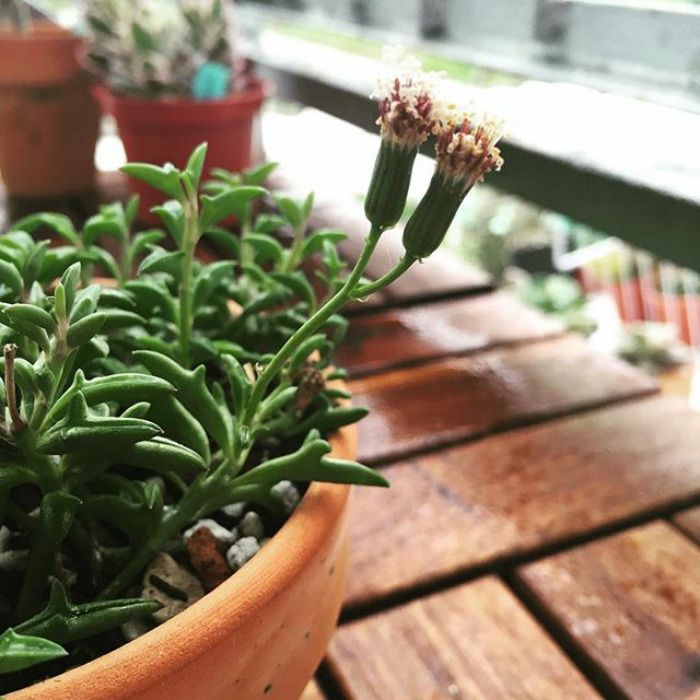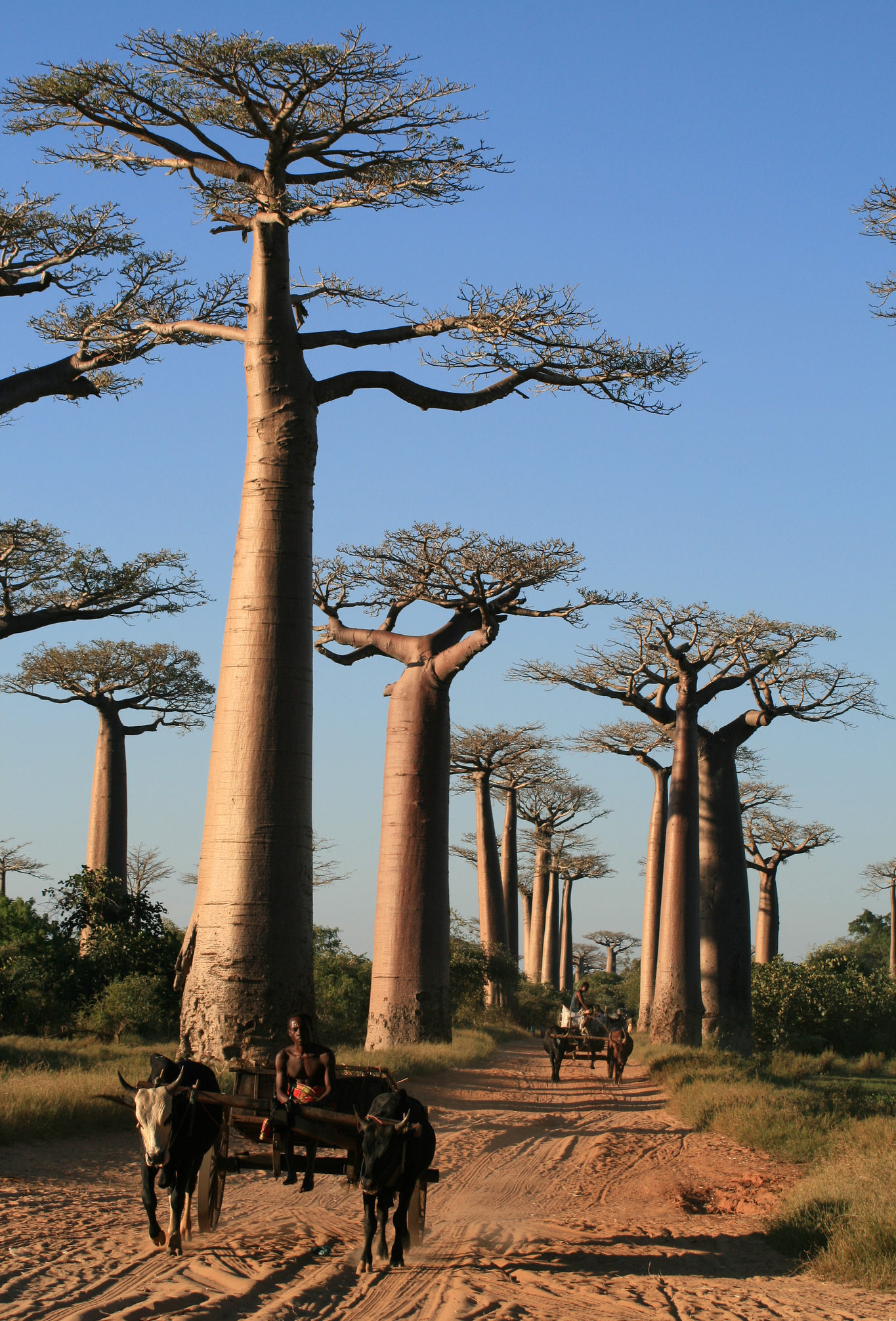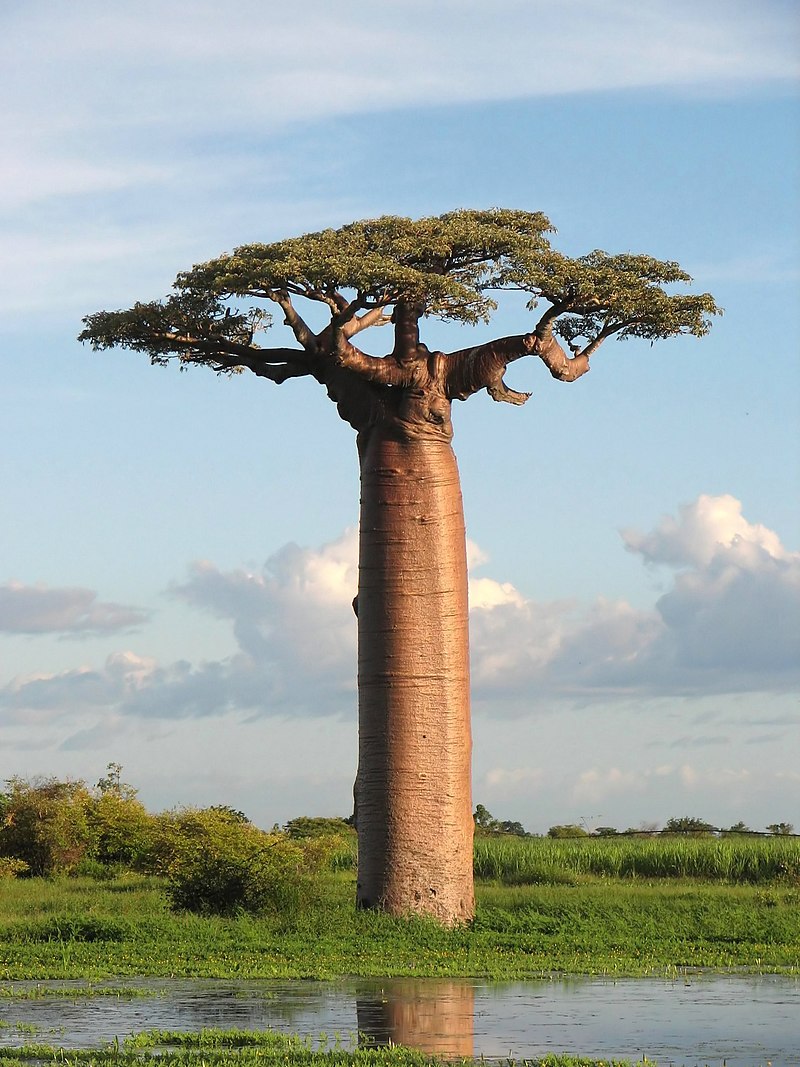Top Ten Most Endangered Plants
1. Western Prairie Fringed Orchid
Platanthera praeclara only exists in five U.S. states in the Midwest. The Endangered Species Coalition estimates that there are only 172 populations of this plant, with merely four with more than 1,000 plants. This is a wetland plant that grows in “prairie potholes”, indents left by glaciers in the recent ice age, 20,000 years ago. The main threats to this plant are development, overgrazing, fires, and global warming.
2. Rafflesia Flower
Rafflesia arnoldii is thought to be the largest flower on the planet. The flower itself does not have a structural stem, leaves, or roots. But what it does have is the pungent odors of decomposing flesh, hence the nickname corpse flower. It grows three feet in diameter, and weighs up to 24 pounds. The Rafflesia is parasitic, growing on the Tetrastigma vine in the forests of Borneo and Sumatra.
3. Georgia Aster
Symphyotrichum georgianum is native to southeastern United States. According to NatureServe.com, a conservation organization, this plant first grew in small clumps, but now there are about 60 populations of this plant due to natural habitat development.
4. Wiggin's Acalypha
Acalypha wigginsii is native to a tiny part of the Galapagos Islands. Construction work and loss of habitat are the main reasons these plants have declined in number. They are considered aCritically Endangered by the Galapagos Conservation Trust.
5. Texas Wild Rice
Zizania texana only has 140 clumps left, with a seemingly grim future ahead. Growing only in the freshwater of San Marcos River, this plant is endangered by lowering water levels caused by the Spring Lake Dam, according to the Center of Plant Conservation.
6. Howell's Spectacular Thelypody
Thelypodium howellii sp. spectabilis only has five populations remaining, all of them in Oregon's northeast. In 1999, about 30 thousand plants remained, but its population drops annually due to unnecessary grass mowing in the areas this plants calls home.
7. Stenogyne Kanehoana
This member of the mint family was said to be extinct in 2000, until one sighting of a plant confirmed it was still alive. Growing only in the Waianae Mountains of the island of Oahu, the Stegyne kanehoana has dense, furry leaves. In 2001 in the Lyon Arborteum, it was discovered that cuttings of this plant can be grown sucessfully in captivity.
8. Ouachita Mountain Goldenrod
Thought to be a remnant of the last ice age, the actual population of Solidago ouachitensis is unknown. It live in three counties along the border of Arkansas and Oklahoma. It prefers to live in a cool moist climate, like the crests of Ouachita Mountains.
9. Enrubio
In 1992, there were about 150 plants of the Solanum drymophilum left. Native to Puerto Rico, this bush has sharp thorns that protect it from being eaten. It is close to extinction because of the harm that is done to a grazing animal that ingests it.
10. Arizona Agave
With less than 100 plants alive in 1984, Agave arizonica has managed to keep its population from declining considerably. Only two populations have survived, both located in Tonto National Forest of scalding Arizona. The New River Mountains and Sierra Anchas Mountains are thought to be the only habitats of this rare specimen by the Center of Plant Conservation.













































